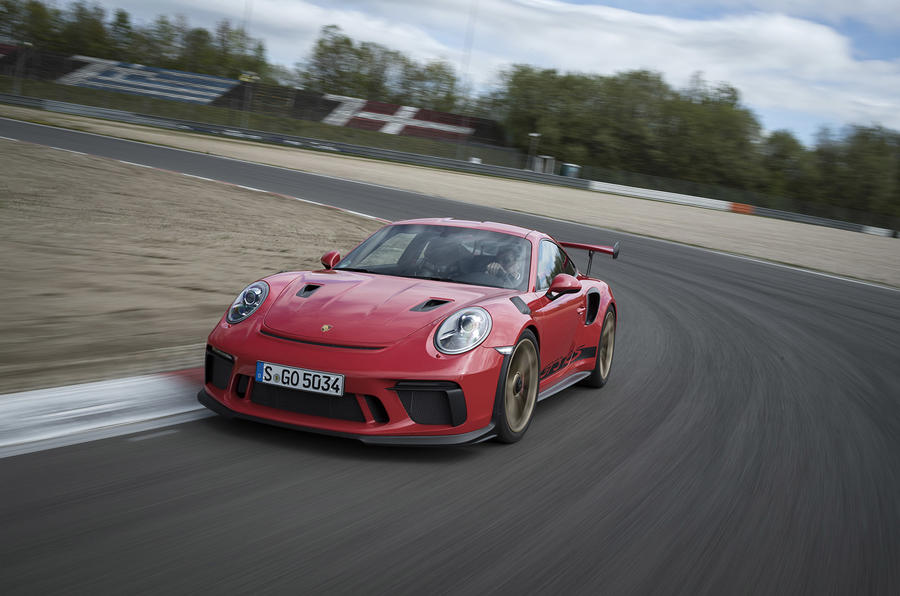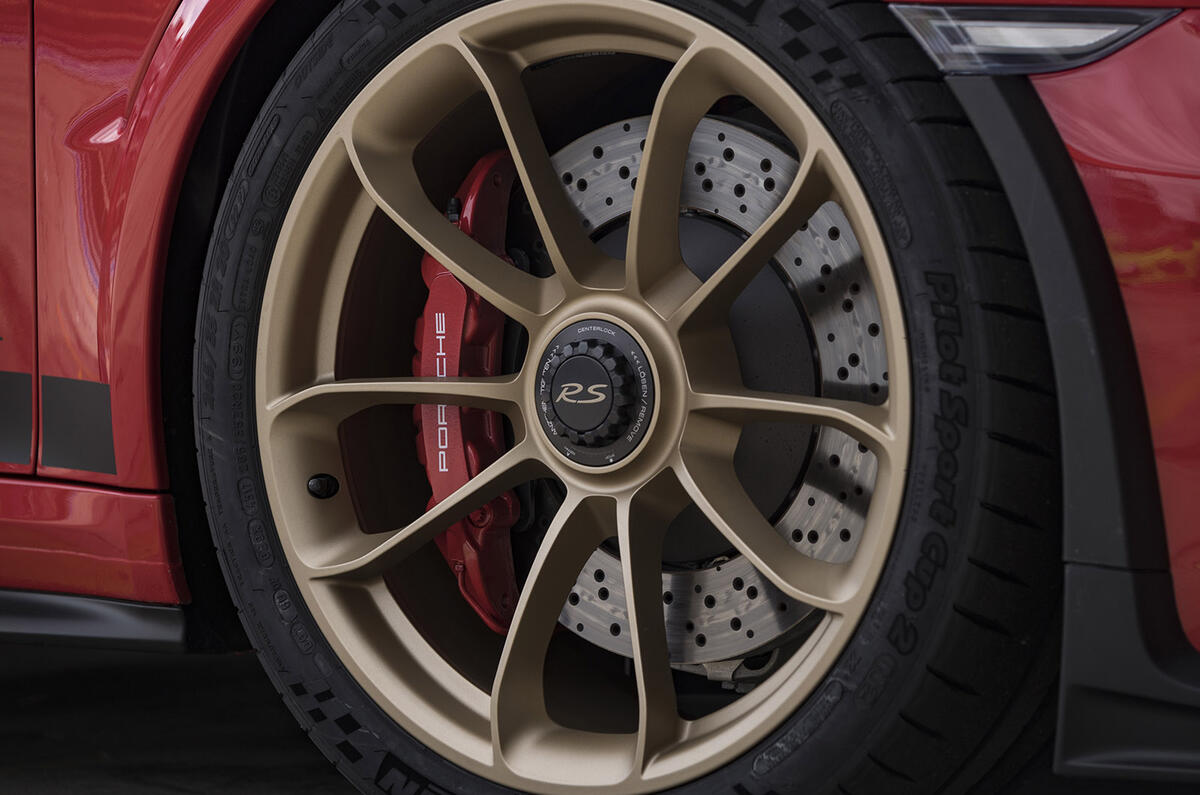Details, details, details. Yes, there’s a new Porsche 911 GT3 RS and that means there are lots of them. This is how GT Porsches go.
Is there a more consistent, more progressively evolutionary range of sports cars? GT comes, GT goes, probably a 3, maybe a 2, sometimes an RS, another GT arrives: all towards the latter end of a particular 911’s model cycle. All with minor but significant upgrades over the last. And, usually, redefining just how lovely you thought a driver’s Porsche could be.
The latest evolution comes the form of the ultimate naturally-aspirated ‘991.2’ generation Porsche 911, if you like these codes (and they seem to be the only way to keep up, sometimes), which will remain on sale until this generation of 911 goes out of production next year.
So, of 991 types of 911, there was 991 1st generation GT3 and GT3 RS, then 991 2nd generation GT3, then turbocharged GT2 RS, and now GT3 RS, the 911 with “the closest link to motorsport we have ever had”, says GT boss Andreus Preuninger.
That’s saying something, given the first ever GT3 RS, the 996 (do keep up), was created solely because Porsche needed to homologate two suspension uprights for its race cars. The engineers thought they might sell 700 and ended up shifting a couple of thousand. So these days marketing people as much as engineers drive the GT models forward.



















































